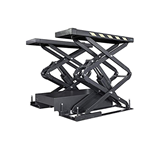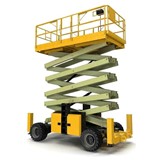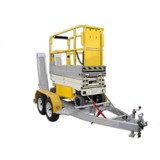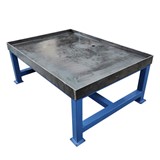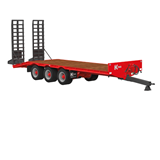Even a fall from a few metres can cause serious injury so don't take gravity for granted. Here are some tips for safely working at height and, just as importantly, managing others to do the same.
Ask yourself a lot of questions
Analyse the task from all angles. How much of the work can actually be done from the ground? How much has to be done from ladders or scaffolding? How high do you actually need to go? Do you have the right equipment? Would scissor lifts be a safer option than ladders?
Do you need safety harnesses, guard rails or tower scaffolding? Who will be doing the work? Do they have the necessary skills and knowledge to do the job not only properly, but safely? Will the job be adequately supervised? How long will the job take?
All these questions need to be answered to assess the risk. Do as much of the work as possible from the ground. For the rest, put personal safety ahead of profits.
Don't rely on falls prevention by accident
Yes, anyone can get lucky cutting corners, but where heights are involved, a well designed workplace is the only way to go. Safety equipment is a bit like travel insurance – you never get sick when you've got it.
So use handrails and harnesses on all elevated work platforms and scaffolding even if your workers don't seem overly enthusiastic. And don't stop there. Even the best prepared equipment malfunctions, so have some fall arrest backup in place such as safety nets or catch platforms. If you have mezzanine floors or above ground storage areas, make sure they have sturdy handrails and stairs with toe boards.
Don't get lax with ladders
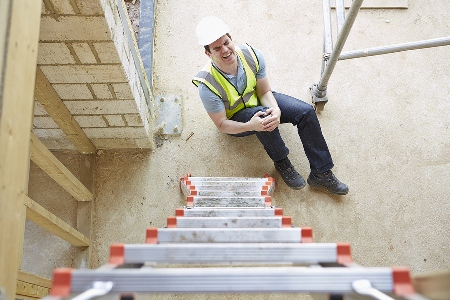
Ladders account for a disproportionately high number of workplace accidents. Why? Because they are the go-to equipment for a disproportionate number of jobs due to being cheap and portable. They are, however, an accident waiting to happen. Extendable ladders buckle or break because they haven't been secured properly. Ladders that are too short cause workers to stretch from an unstable position. Ladders are rested against weak surfaces with unsurprising results. Or the rungs of a ladder break while heavy equipment is being carried up simply because no one thought to read the ladder's specifications. Yes, ladders have specifications.
Ladder lessons
The bottom line – only use ladders for light, short work at low levels and on firm, non-slip surfaces. If there are any doubts about stability, secure your ladder by tying it to a support and always have both feet and at least one hand firmly on the ladder at all times. In other words, if you need two hands to operate equipment, don't use a ladder, use a scissor lift. To avoid overbalancing or overreaching, never stand higher than the second top rung. And if you can, only use step platform ladders. They're simply more stable.

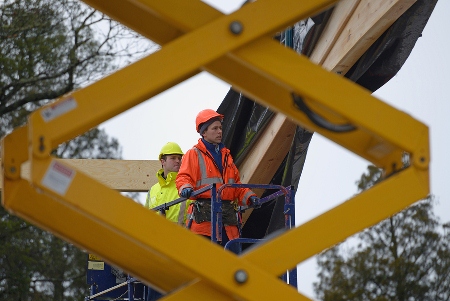
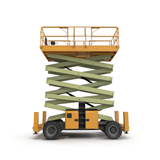

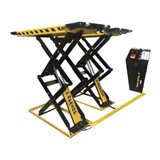
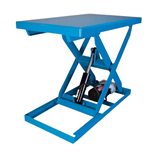
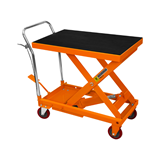
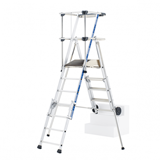

-160x160-state_article-rel-cat.png)






